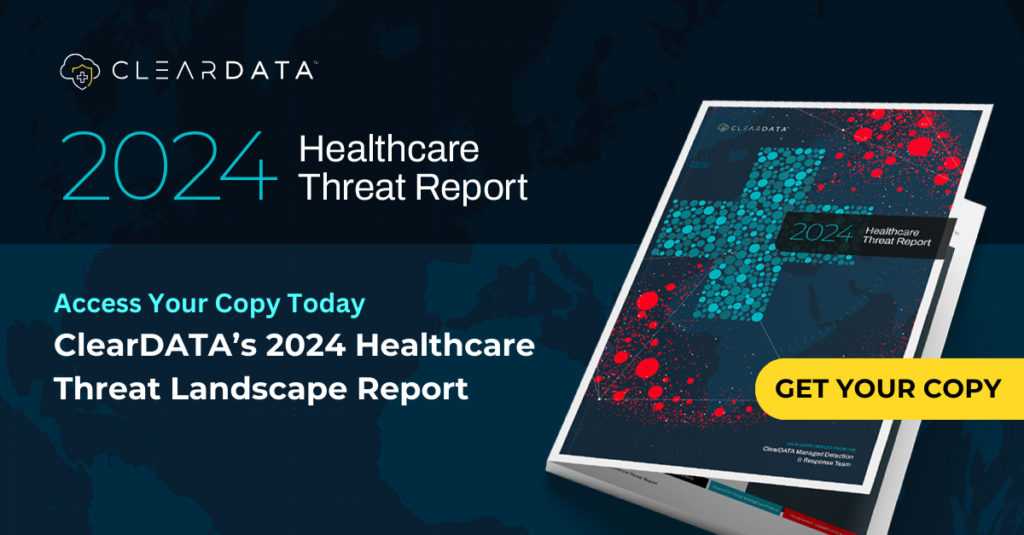Why The Time Is Now for Healthcare Provider Cloud Migration
By Rick Froehlich | HIT Consultant | Published August 16, 2023
It’s no secret that healthcare is a slow-moving industry. Its hesitancy to change has played out in a number of ways over the years — including its lingering resistance to cloud migration. Organizations holding out on migrating wonder: “Is it really secure? Why take the risk of shifting away from on-prem systems?” Moving to the cloud can feel like a daunting task, but with the right tools and plans in place, organizations can move confidently and securely, finally modernizing today’s digital world.
Understanding the cloud: where is data stored and how can you keep it secure?
The first step to confidently migrating to the cloud is understanding how the cloud works and the benefits of a cloud strategy versus an on-prem approach. With a comprehensive cloud strategy, companies are able to switch from a costly and limited internal infrastructure to a cloud service partner, unlocking doors to achieve new potential. This includes scalability and flexibility for varying demands, reduced maintenance and infrastructure responsibilities (which are done automatically in cloud environments by providers) and increased accessibility from remote locations. As a result, companies also increase reliability across systems.
Once data is shifted, the real trick is keeping it all secure, especially for data that are more sensitive, as is typically seen in the healthcare industry. Understanding where data goes, and who has access to the data once it migrates, becomes critical for data security.
Data in the cloud will travel between client devices (computers, mobile devices, etc.) as well as through the cloud provider’s infrastructure. It’s important to understand where data is traveling so organizations can monitor who has access to it — and whether it’s appropriately safeguarded. To ensure data privacy and security are maintained, companies can enforce different layers of protections including identity access management, security monitoring for anomalies and regular compliance audits. This not only puts guardrails around who can access data but also prevents unintended or unknown data exposures, reinforcing its security in the cloud.
Adopting infrastructure as code to enhance cloud security
Beyond understanding a cloud-based model, there are several additional steps organizations can take to build a strong and secure foundation for data stored in the cloud. In particular, one key measure companies can leverage to enhance cloud security is infrastructure as code.
In simple terms, infrastructure as code (IaC) offers organizations an automated way to create, configure and operationally manage infrastructure using machine-readable templates. By leveraging IaC, organizations can achieve faster, more consistent deployments, improved scalability, reduced costs and increased efficiency in managing infrastructure resources.
When it comes to cloud security, adopting infrastructure as code is an essential tool to protect vulnerable health data, without the need for constant manual management. This is because IaC allows security best practices to be written into the infrastructure code. This code then enables organizations to define consistent security configurations across the infrastructure, automate security controls and configurations, and enforce compliance. Further, IaC can be integrated with additional security enforcers, like continuous security testing, to be incorporated into development and deployment processes.
Finally, because the infrastructure is code-based when a security risk arises, IaC supports rapid remediation by allowing for updates to the infrastructure code to address the issue. The fix can be quickly applied and redeployed, reducing the time required to address security vulnerabilities and enabling organizations to effectively respond to incidents.
The time to migrate is now
In healthcare, the stakes are often life or death, and the industry tends to maintain that sense of urgency — except for when it comes to cloud migration and security. This should send off alarms for everyone from providers to patients, especially since the healthcare industry is one of the highest-targeted groups when it comes to security attacks.
Not only are breaches incredibly costly, but when sensitive data, including patient data, is exposed, it can negatively impact patient care and outcomes. The time to migrate to the cloud was yesterday, but for organizations still hesitating, it’s becoming more pressing each day as the world becomes increasingly digital.
In this landscape, where data security and modernization take precedence, healthcare organizations must leverage the cloud to protect patient privacy and bring forward a new era of healthcare. Although the industry has been slow to adopt this change, the benefits are too significant to ignore.
Understanding the cloud and its advantages is the first step toward a successful migration. Moving to the cloud enables several benefits like scalability, flexibility, reduced maintenance and increased accessibility. Keeping data security top of mind, organizations can consider strategies such as Infrastructure as a Code to better secure data once it’s in the cloud.
It’s important that companies take these steps now; the risks associated with maintaining outdated on-premises systems and the increasing frequency of security attacks demand immediate action. By confidently embracing cloud migration, healthcare providers can not only enhance security but also unlock the potential for improved efficiency, innovation and, ultimately, better patient care.


